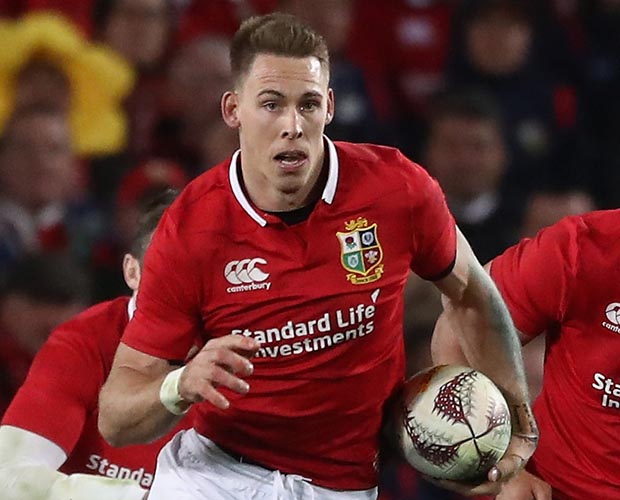
 Liam Williams’ move to Saracens from the Scarlets is one of this summer’s biggest transfers, and one of the big talking points is what the Lions Test full-back on the recent tour to New Zealand will add to the European champions, especially in attack.
Liam Williams’ move to Saracens from the Scarlets is one of this summer’s biggest transfers, and one of the big talking points is what the Lions Test full-back on the recent tour to New Zealand will add to the European champions, especially in attack.
Williams finished the tour as a success story after a very indifferent start, where he seemed overwhelmed at first, before making the improvements that earned him a place in the starting line up for the entire Test series.
Perhaps it was a bad attack of the nerves, but when Williams came on as a replacement for Jared Payne in the final half-hour of the Blues game he wasn’t at the races. He made a complete mess of the two high balls that came his way, and although he was yellow-carded for a dangerous challenge after badly mistiming the second of them, he could just as easily have been binned for the first.
It was unusual to see a player of Williams’ skill and calibre caught up in the emotion to the extent that he was. When you have the amount of ability he has, usually you do not get it so wrong, but because of the nerves and emotion that came with wearing the Lions jersey for the first time he reminded me of a golfer who had completely lost his timing.
Williams looked more settled when he played on the wing in the important victory over the Crusaders, but it really started to click when he showed his counter-attacking flair from full-back in the big midweek win over the Chiefs before the first Test. By the time he had set up a try for Jack Nowell with an electric break the idea had begun to crystallise in Warren Gatland‘s mind that he could be capable of turning the tables on the All Blacks with his running from deep.
Although Leigh Halfpenny had played steadily, he was not the force that earned him the player of the series award in Australia in 2013, and could not spark the attack like fellow Welshman Williams. Gatland backed his judgement in selection, and when Williams managed to get away from Kieran Read in his own 22 to launch the great try eventually touched down by Sean O’Brien, the Lions head coach had his reward.
After that Williams got a bang on the head, and things did not go to plan as he missed a fairly simple high-ball catch which led to Reiko Ioane scoring his second try. At times Williams seems like a player who has a thousand things going on in his head, rather than the one that should be his sole focus.
It might seem a strange observation, but sometimes natural ball-players who have a big skill set lack the narrow focus of, say, those who become great goal-kickers. My hunch is that they find the concentration on particular technical skills, and the repetitive practice that they require, a bit boring. Repetitive catching the high ball can be pretty dull too – basically, because it’s easy, and not as exciting as beating people on the run.
However, Liam needs to concentrate on those areas, like the high-ball, which require specific focus – because, quite simply, if you do not hoover them up they can cost you matches.
At Saracens I can see Williams being used in all positions in the back three because he is unlikely to supplant Alex Goode regularly at full-back. He is going to a club which is the best in Europe, and that means that no-one has a guaranteed place, although with Chris Ashton’s move to France he is most likely to play on the wing.
There will be plenty of competition with wings like Sean Maitland, Nathan Earle, Chris Wyles and Michael Ellery already at Allianz Park, but Saracens are very careful with their recruitment and will be convinced that the Welshman can deliver on the field as well is fit in with their club culture.
If you were looking at a comparison between Williams and Ashton it goes like this: Ashton is not too flash defensively, and Williams is better. When it comes to attack Williams is known for making great breaks, but no so much for supporting them. This contrasts with Ashton whose great try-scoring ability stems from him being a superb support runner who times his run to put himself in scoring positions. Williams probably has a wider skill-set than Ashton, but he might not score as many tries.
What you will get with Williams is five moments of creative brilliance to one lapse which could cost you. What Saracens know that they can offer Williams is that he will be well coached and well looked after at a club where players benefit from good rotation, and are therefore more likely to be in peak form when they play.
It will be exciting for Williams to go to a club which is competing consistently for silverware. It will be important that he adapts to life away from his home in west Wales, but because he has worked as a scaffolder until relatively recently, he will probably be down-to-earth and appreciate the opportunities that come with being a professional rugby player.
The only impediment could be that he does not settle in north London. However, the challenge of playing at Saracens will make him a better player than he already is, and it should be a great environment for him to flourish in.

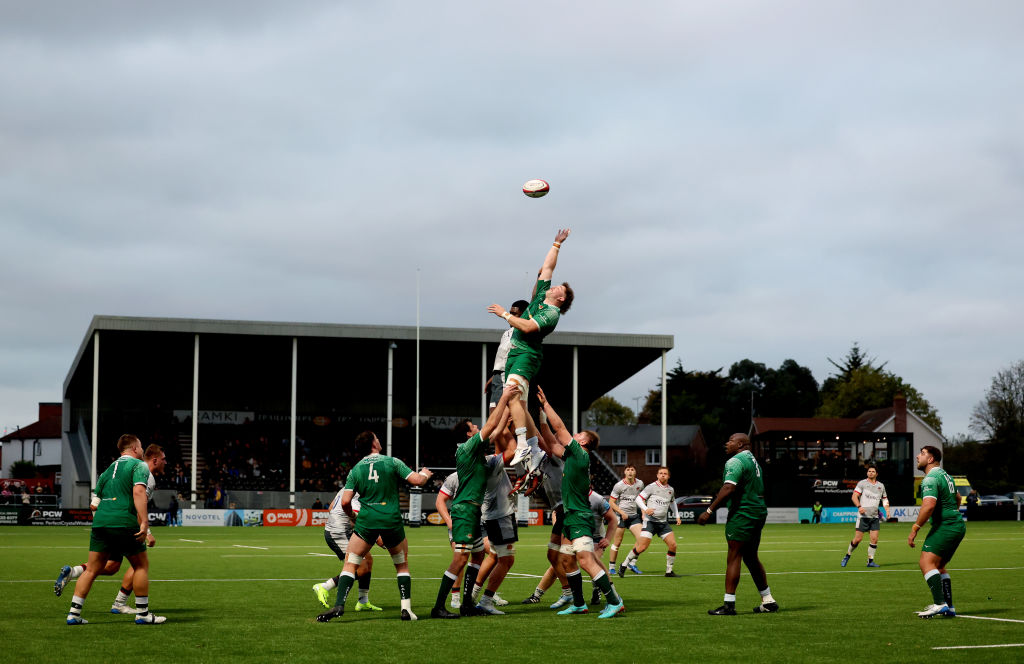
English Championship
What the new Championship format could mean for English rugby


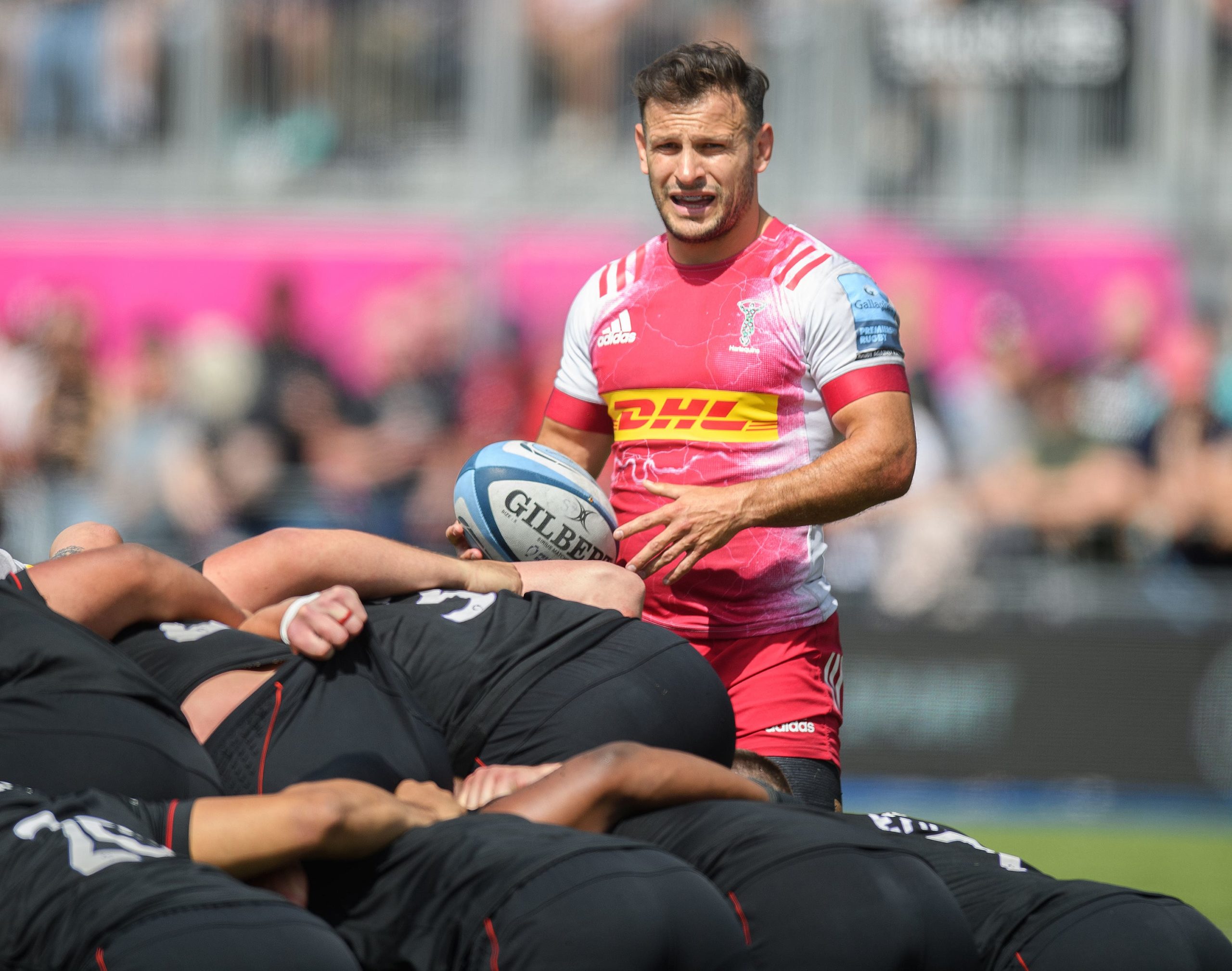






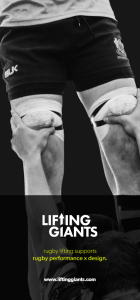








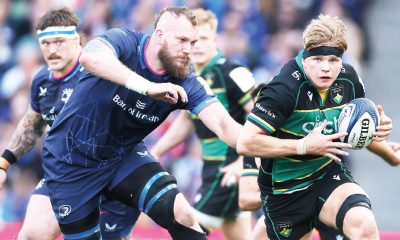

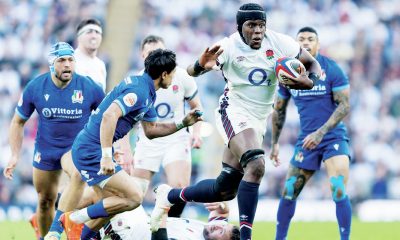

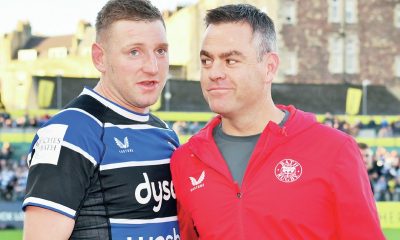

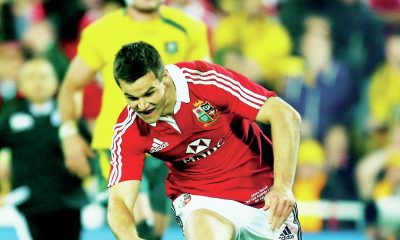


You must be logged in to post a comment Login